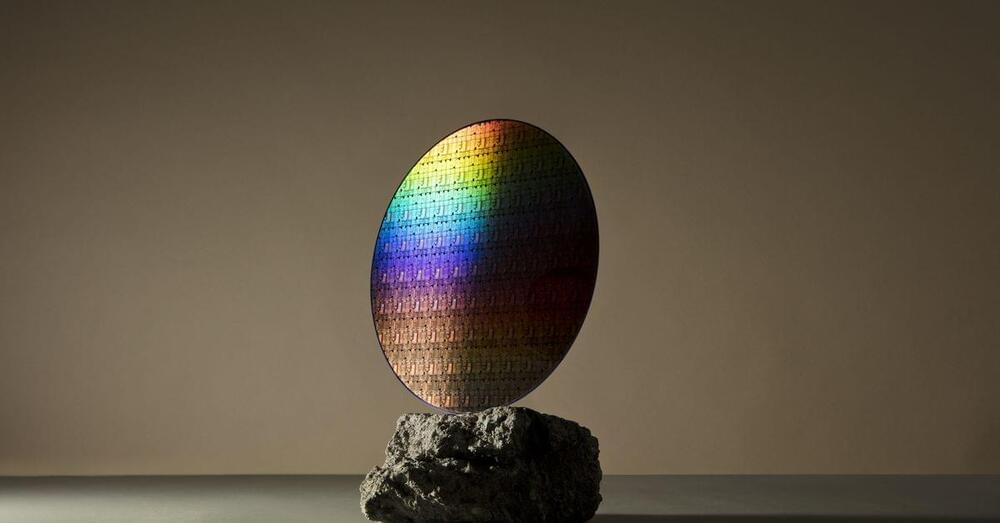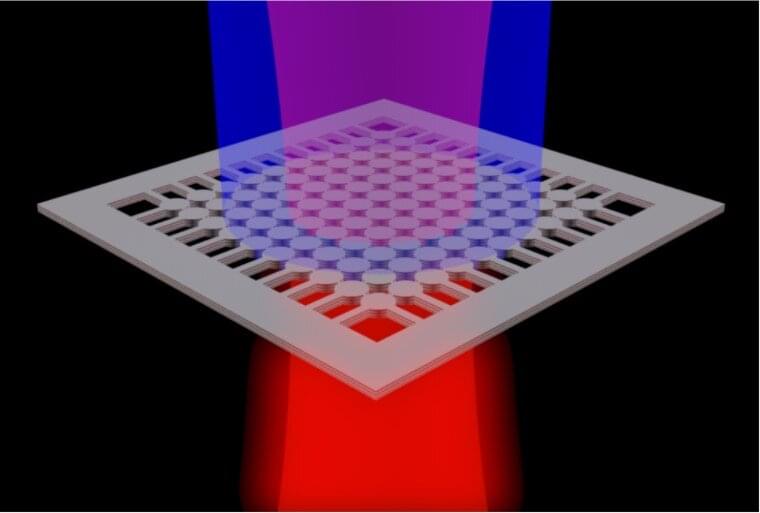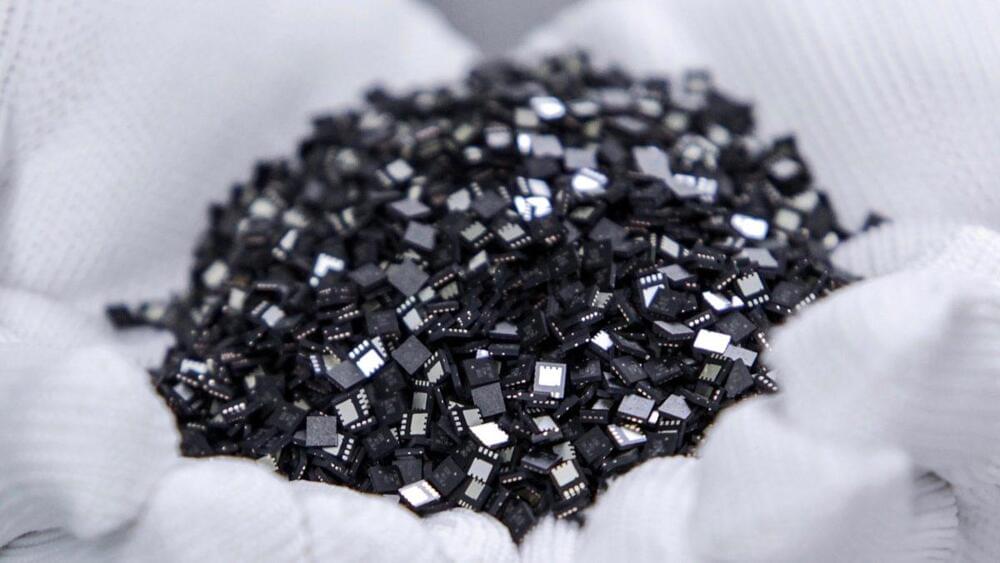“We will constantly be ‘within’ the internet, rather than have access to it, and within the billions of interconnected computers around us,” Ball wrote in his Metaverse Primer. Mark Zuckerberg described the metaverse similarly, calling it “an even more immersive and embodied internet.” Picture this: you strap on a headset or pair of goggles, flick a switch, and boom—you’re still standing in your living room, but you’re also walking through a 3D world as an avatar of yourself, and you can interact with other people who are doing the same thing from their living rooms.
Being constantly within the internet doesn’t sound all that appealing to me personally—in fact, it sounds pretty terrible—but the good news for those with a similar sentiment is that the “full vision” of the metaverse, according to Ball, is still decades away, primarily because of the advances in computing power, networking, and hardware necessary to enable and support it.
In fact, according to Raja Koduri, VP of Intel’s accelerated computing systems and graphics group, powering the metaverse will require a 1,000-fold improvement on the computational infrastructure we have today. “You need to access to petaflops [one thousand teraflops] of computing in less than a millisecond, less than ten milliseconds for real-time uses,” Koduri told Quartz. “Your PCs, your phones, your edge networks, your cell stations that have some compute, and your cloud computing need to be kind of working in conjunction like an orchestra.”









